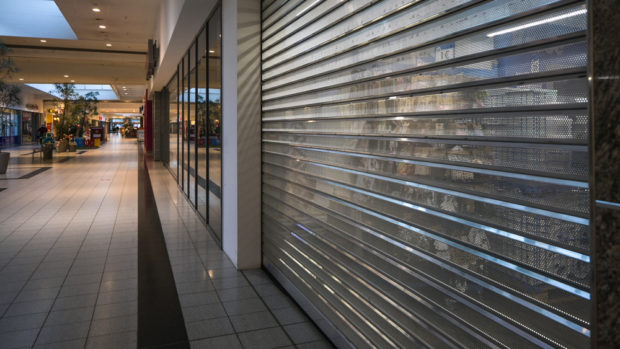
Katie Basset, UK partnerships lead, Voyado:
Impact of weather on retail sales
The cooler weather in June significantly influenced consumer spending patterns, leading to a poor performance in retail sales, with sales volumes down by 1.2 per cent. Categories heavily dependent on warmer weather, such as clothing, footwear, DIY, and gardening, were hit particularly hard. Retailers in these segments faced challenges in attracting customers, as lower temperatures deterred typical seasonal purchases, demonstrating the sensitivity of retail performance to weather conditions.
In contrast, the electronics sector saw a better month. Football fans likely drove an increase in sales in this sector by upgrading their home entertainment systems to watch the 2024 European Championship. Despite the wider anticipated boosts from events, such as Wimbledon and the Euros, sales failed to meet expectations. The hoped-for consumer spending driven by gatherings and celebrations failed to materialise, causing a disappointment for retailers, who had banked on these to elevate sales figures. Retailers may experience these expected increases in sales later in the summer as England reached the Euros final in July. Despite the weather turning wetter towards the end of the month, conditions improved by mid-July and may bring about increased footfall.
Inflation and retail competition
UK inflation remained steady in June, unchanged at 2 per cent. This stable inflation provides a conducive environment for consumer spending, as not all hope is lost.
A report from the British Retail Consortium highlighted a mixed picture in footfall across the UK. Scotland emerged as the only nation to report an increase in visitor numbers to retail locations. Specifically, Edinburgh and Liverpool’s footfall levels received a noticeable boost from Taylor Swift’s concerts in June as the ‘swifties’ visited the local shops.
Policy and structural changes
Labour’s proposed overhaul of the business rates system could bring substantial relief to physical retailers. This change would potentially alleviate the tax burden on high street businesses, offering a much-needed support system as they continue to struggle against the rising competition from online retailers.
Online spending values fell by 2.7 per cent in June 2024 from the previous month, however rose by 2.3 per cent when compared with June 2023. This highlights the importance of seamless digital-physical integration for an optimal consumer experience. With 36 per cent of shoppers preferring online purchases and 52 per cent favouring immediate purchasing in-store, the buy online/collect in-store models are gaining traction.
Heading into the full swing of summer, retailers must use innovative strategies that harness digital technologies alongside engaging physical experiences. These approaches will be crucial in driving sales and fostering customer loyalty. Moreover, the upcoming school holidays present an opportunity for categories like entertainment, fair-weather apparel, and holiday-related products to experience a boost in sales. Retailers should be prepared to capitalise on these seasonal opportunities through targeted marketing and promotions.








Share